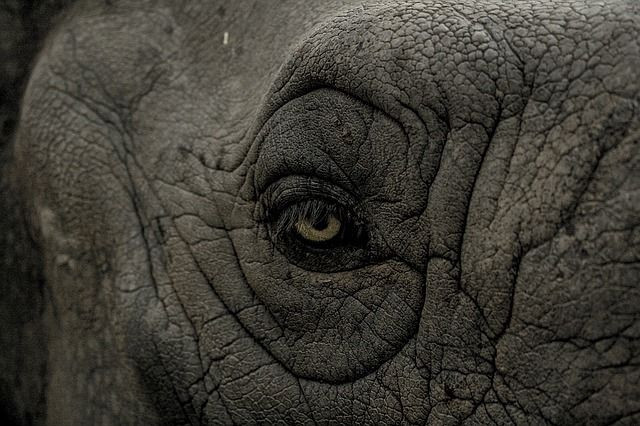Sri Lankan Authorities Investigate The Deaths of Seven Elephants In Reserve Due To Poisoning

Sri Lankan authorities started investigating the deaths of seven elephants last week in Harbana Forest Reserve.
Three of the bodies were found on Friday, and another three were discovered on Sunday.
Authorities pointed out the elephants from the same herd, and the suspected cause of death was poisoning. One of them was pregnant at the time of death.
Police spokesman, Ruwan Gunasekera told media outlets; one of them was a tusker. Wildlife and security officials have joined the investigation and are continuing to search the area for signs of other dead animals.
The first post mortem examinations started over the weekend. Though it is not clear yet, what caused their deaths, officials are suspecting poisoning by villagers for destroying crops. Subsequent investigations will consider whether the elephants were following their usual diet of jungle leaves and whether there were any toxins in the food they had in their systems.
The expansion of villages and human settlements into the forested areas has led to rural communities having more contact with wildlife. That means frequent conflict with the elephants over habitat as well as, food and other resources.
Earlier in September, 17 people were injured at a religious procession in Kotte when two elephants ran amok. Authorities have also reported several incidences of wild elephants destroying villager’s crops.
The tourism industry has targeted elephants, as well by forcing them into captivity. Those not kept in zoos are tortured and made to march in festivals and serve getaway resorts as the entertainment.
The treatment of these gentle beasts was brought to light by the death of a 70-year-old elephant named Tikiri. He was found in a deplorable state because of ill-treatment by the handlers.
The pictures sparked outrage from international quarters that condemned the keeping of the animals in such deplorable conditions.
This incident is not the first recorded incidence of violence against elephants in recent history. On Monday, another elephant was found shot dead in Sri Lanka’s central reserve though it is not clear if the deaths can be related.
The killing of elephants is illegal in Sri Lanks though it is sometimes unavoidable in human settlement areas considering the animals sometimes pose a physical threat to the villagers sharing the same jurisdiction.
This is backed up by the numbers. The last official census of wild elephant numbers was held in 2011, and it showed there were 5,879 in Sri Lanka. It represents one of the highest densities in the world.





















